Imagine a garden that not only delights your eyes with beautiful blooms but also tantalizes your taste buds with fresh, homegrown produce. By integrating edible plants into your flower garden, you can create a multifunctional space that is both beautiful and bountiful. Here’s how to blend aesthetics and functionality in your garden.
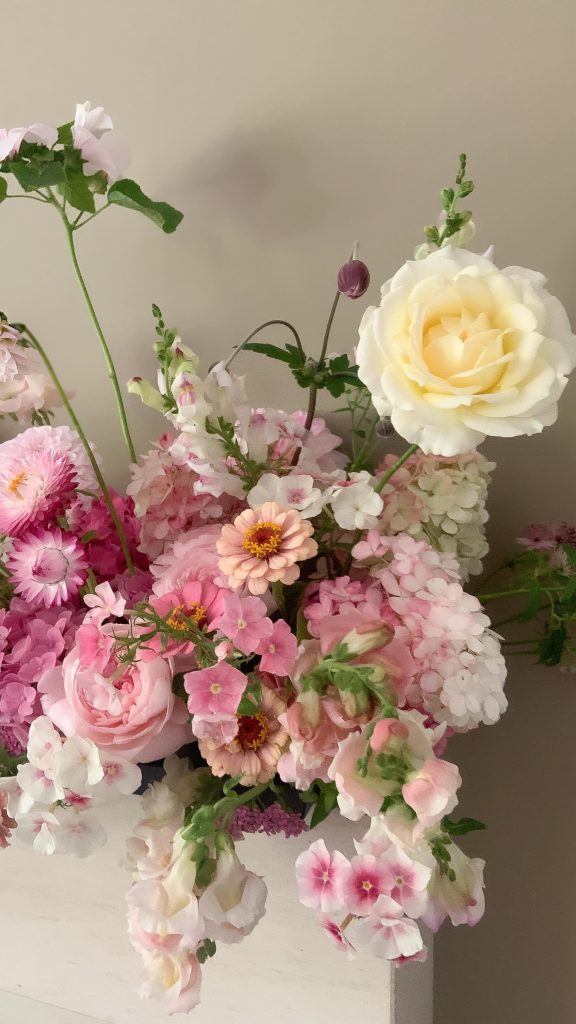
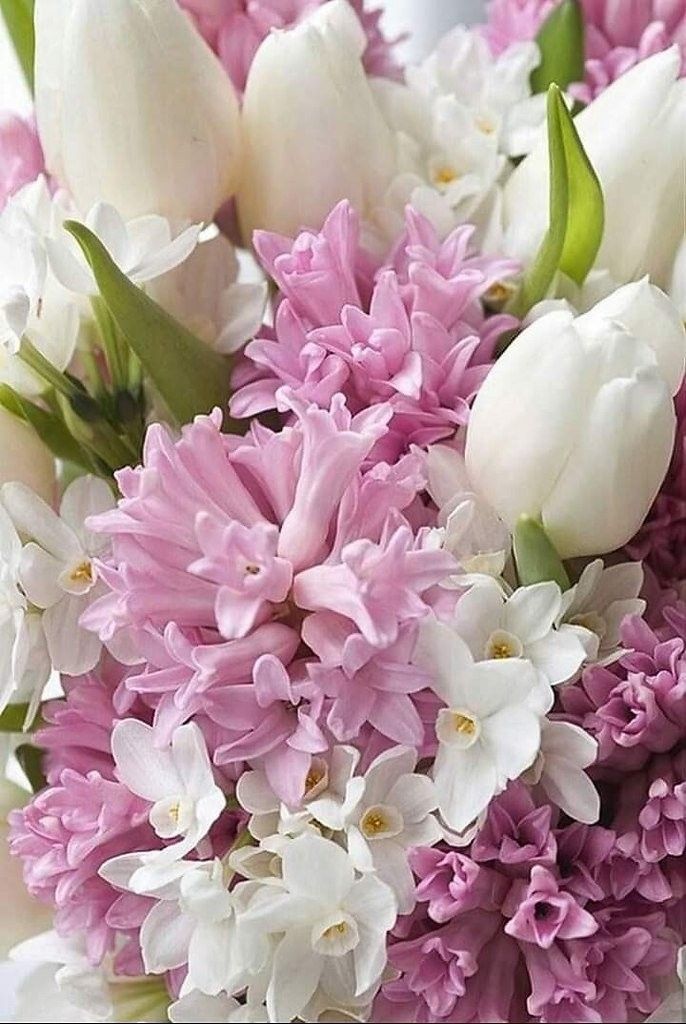
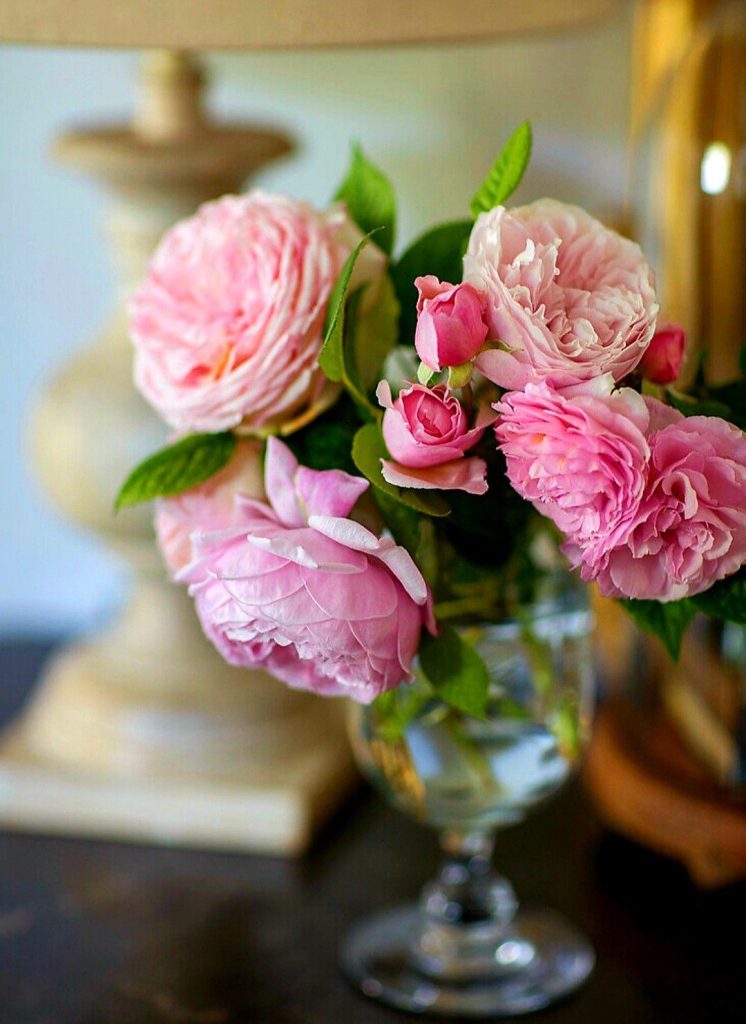
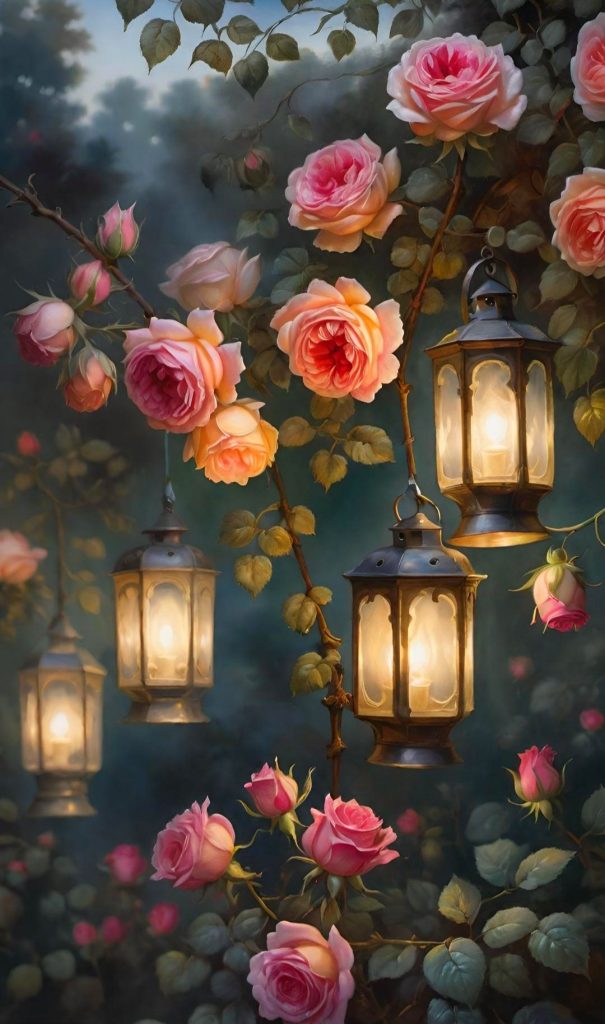
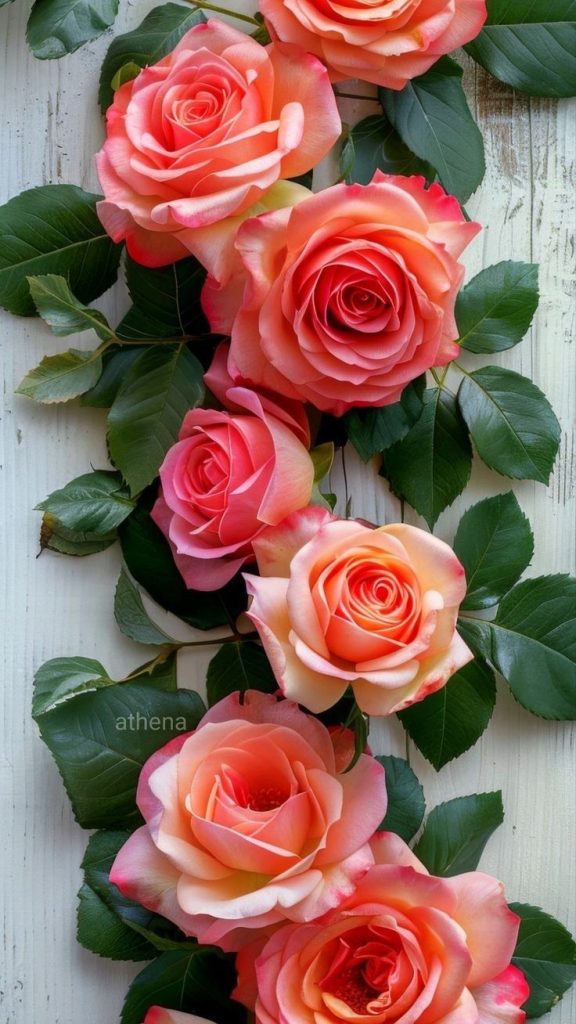
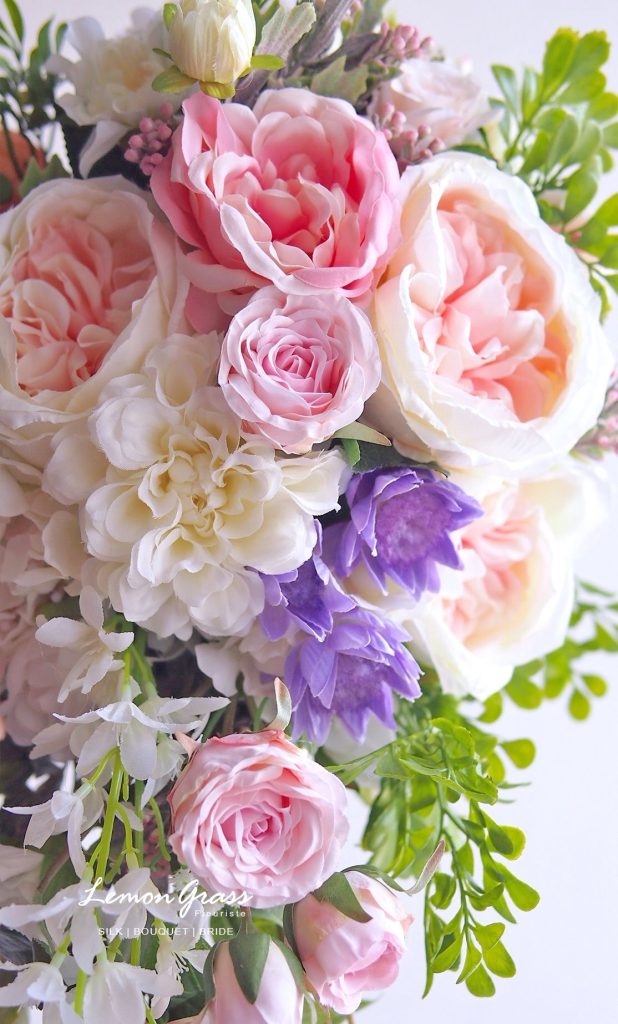

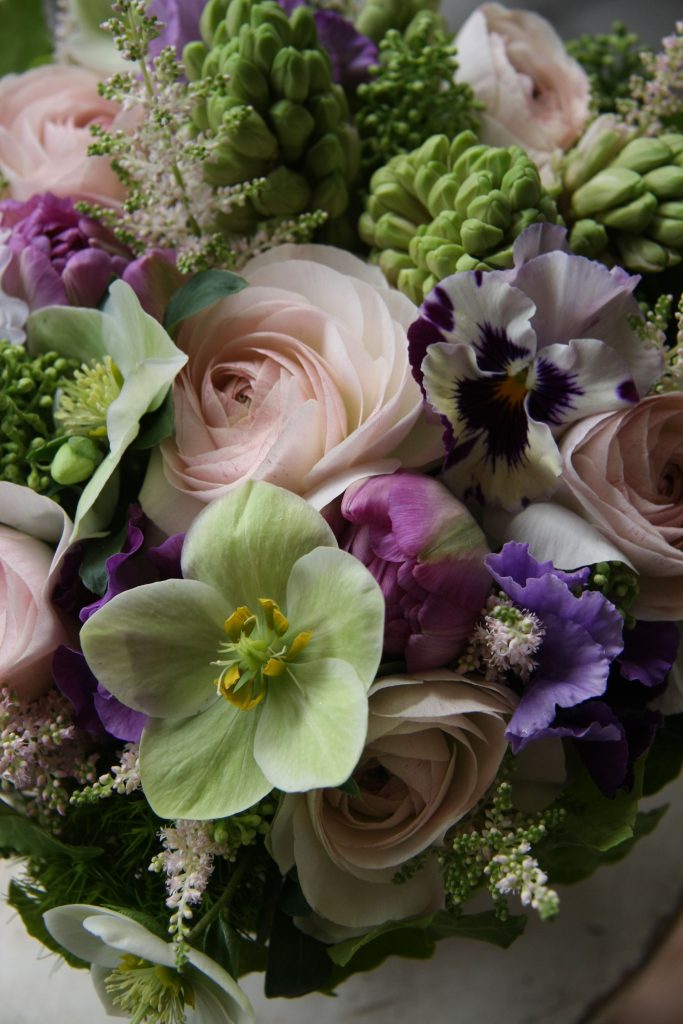
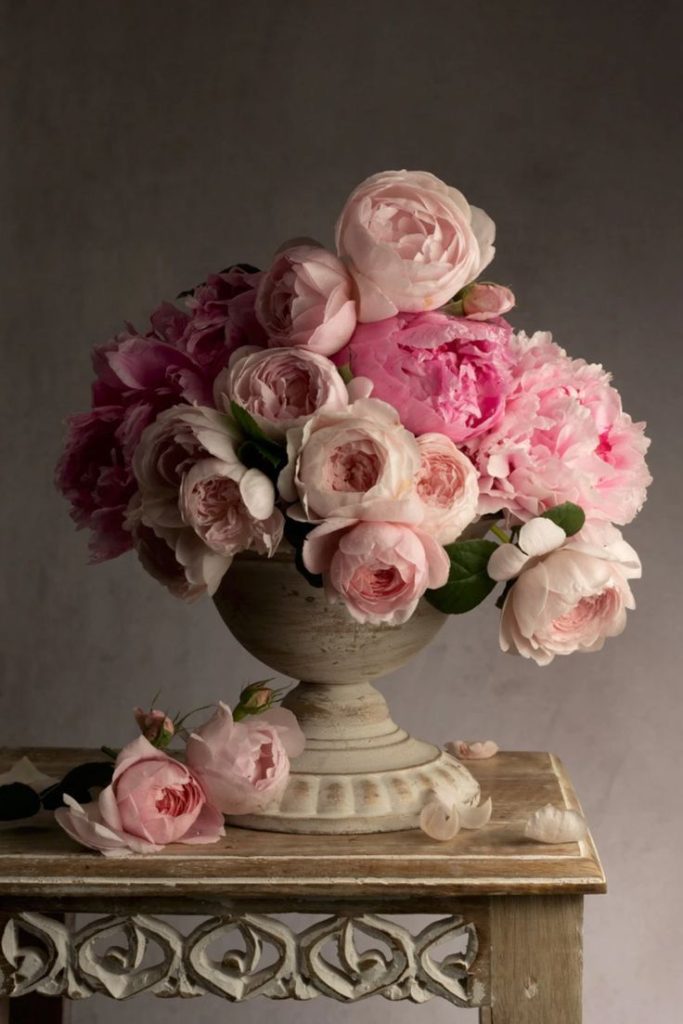

Benefits of Mixing Edibles and Ornamentals:
- Increased Biodiversity: A diverse garden attracts a variety of beneficial insects, pollinators, and birds, which help control pests and pollinate plants.
- Maximized Space: Utilizing vertical space and intercropping can help you make the most of your garden space, allowing you to grow more in less area.
- Sustainable Gardening: Growing your own food reduces your carbon footprint, promotes organic gardening practices, and provides you with fresh, healthy produce.
Choosing the Right Plants:
- Complementary Pairings: Choose edible plants that complement your flower garden in terms of color, height, and texture. For example, plant tall sunflowers or corn as a backdrop for lower-growing herbs or vegetables.
- Suitable Varieties: Opt for edible plants that are well-suited to your climate and growing conditions. Consider factors like sunlight, soil type, and water requirements when selecting plants.
Design Tips for Integrating Edibles:
Mixed Borders:
- Layering: Create layers by planting taller plants at the back and shorter plants in the front. For example, plant tomatoes or peppers behind a row of marigolds or zinnias.
- Color Coordination: Choose edible plants with colorful foliage or fruits that complement your flower colors. For instance, purple basil or rainbow chard can add a splash of color to your garden.
Containers and Raised Beds:
- Vertical Gardening: Utilize trellises, arbors, or stakes to grow climbing vegetables like beans, peas, or cucumbers vertically, saving space and adding vertical interest to your garden.
- Container Gardening: Grow herbs, lettuces, or strawberries in containers placed among your flower beds or on your patio, making them easily accessible for harvesting.
Care and Maintenance:
- Watering and Fertilizing: Water plants consistently to keep the soil evenly moist, and fertilize as needed with organic fertilizers to promote healthy growth.
- Pest and Disease Management: Monitor your plants regularly for signs of pests or diseases. Use organic pest control methods like hand-picking pests, applying insecticidal soap, or using companion planting to deter pests.
- Harvesting: Harvest fruits, vegetables, and herbs when they are ripe to encourage continuous production and enjoy the freshest flavors.
Conclusion:
Integrating edible plants into your flower garden is a rewarding experience that combines the beauty of flowers with the functionality of homegrown food. By carefully selecting plants, designing your garden with aesthetics and functionality in mind, and providing proper care and maintenance, you can create a harmonious garden that nourishes both body and soul. So, why not transform your garden into a vibrant and productive space that offers beauty, flavor, and sustainability? Start planning your edible flower garden today and enjoy the best of both worlds!




